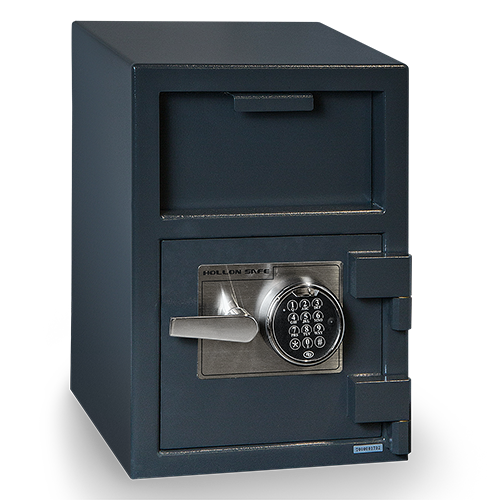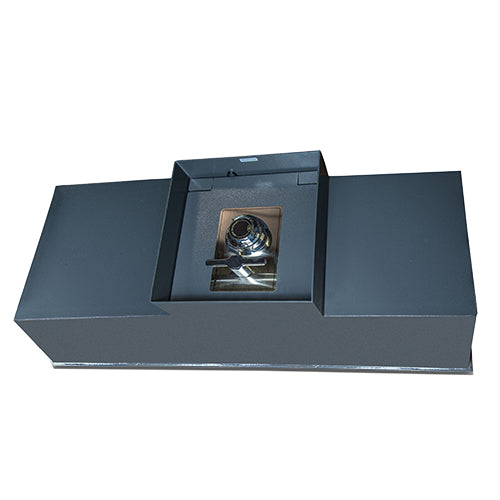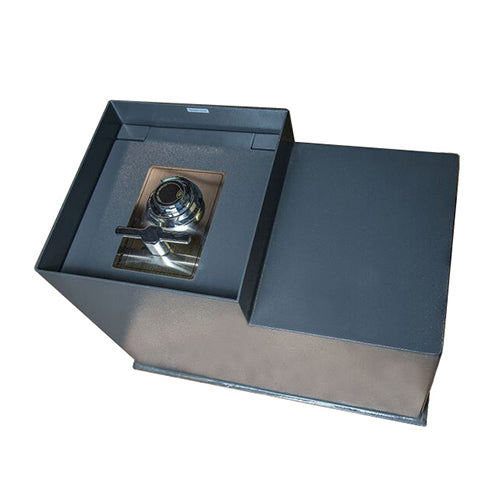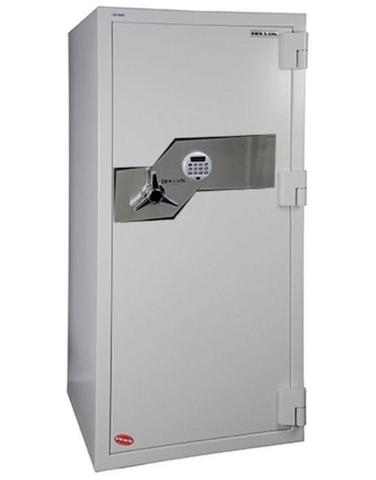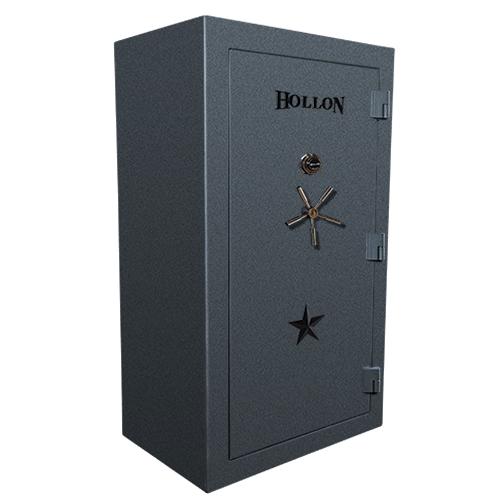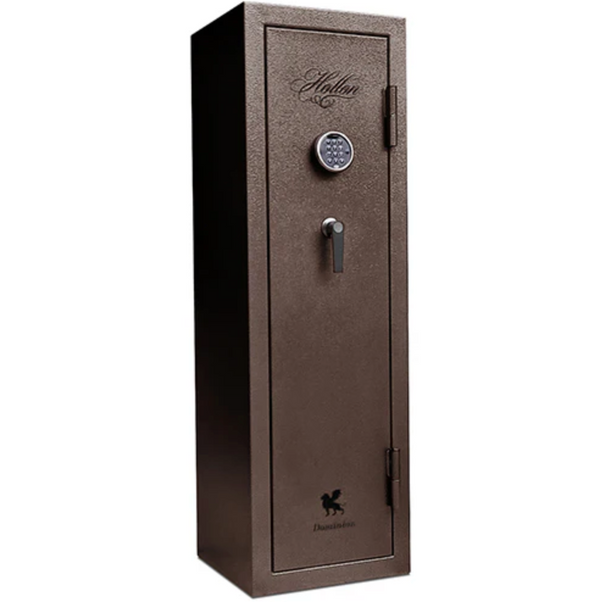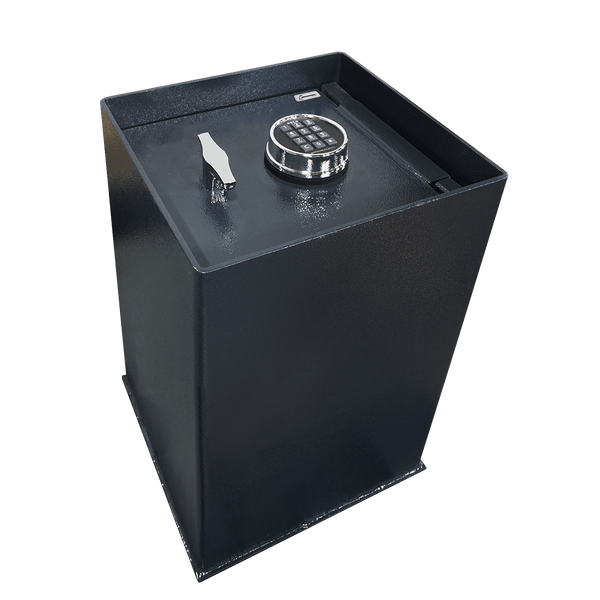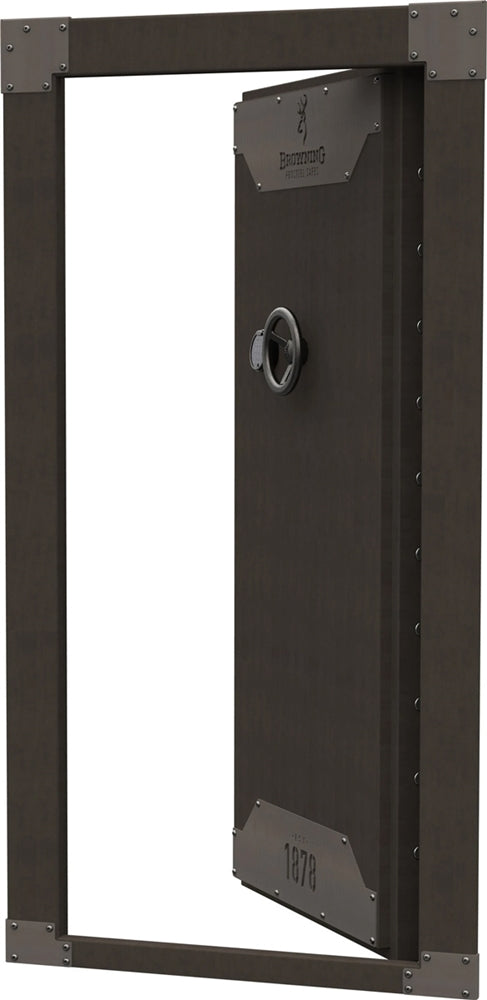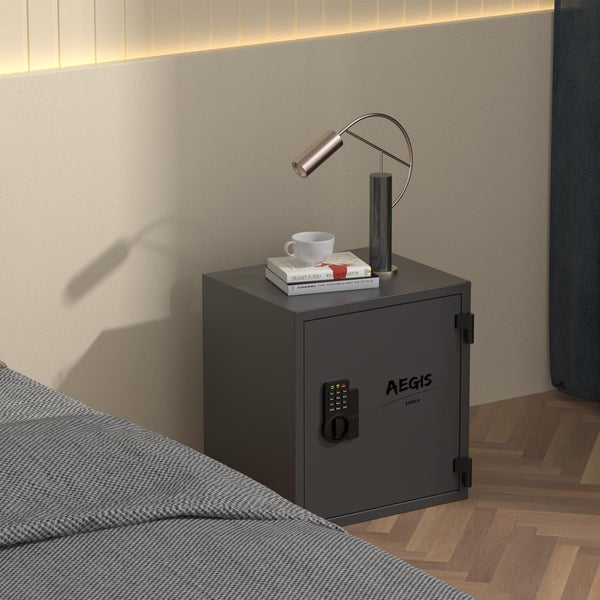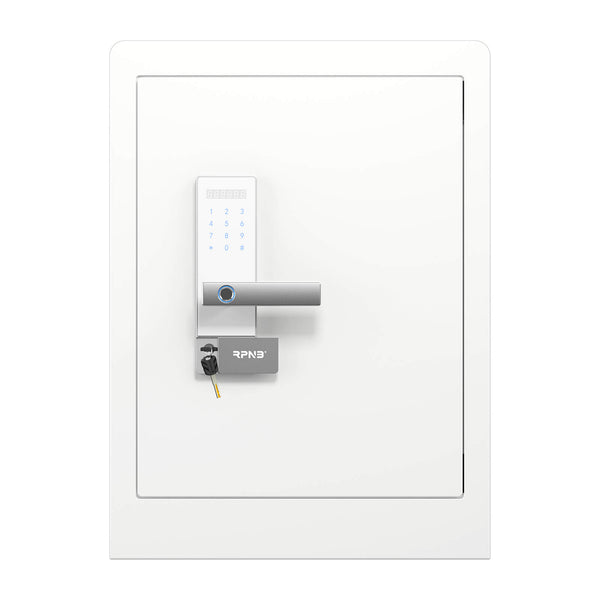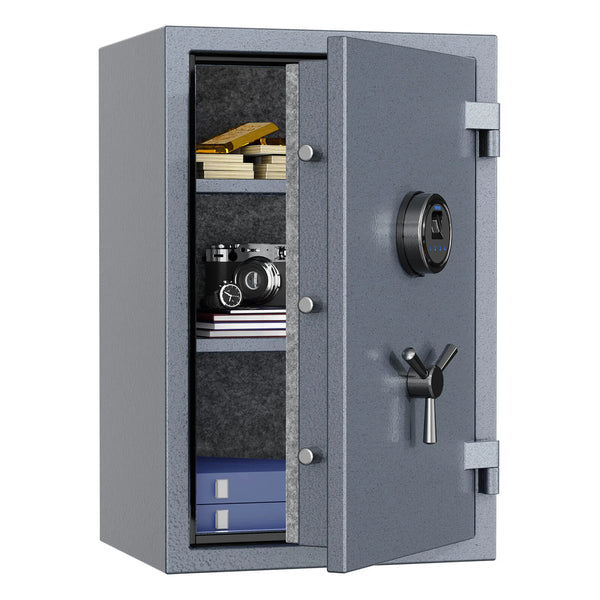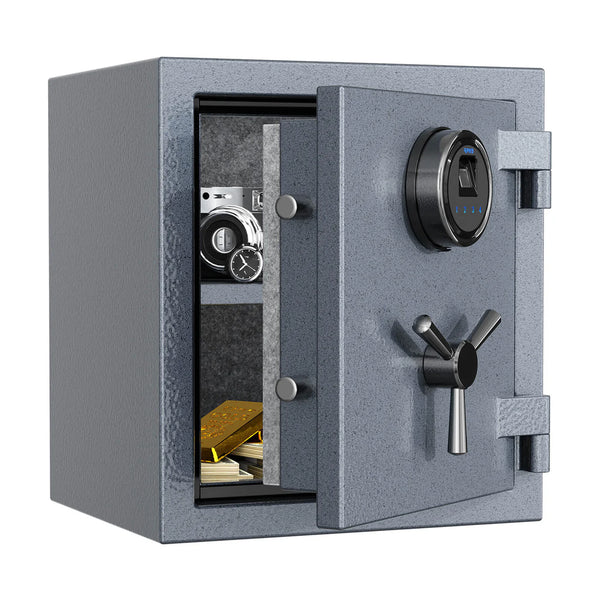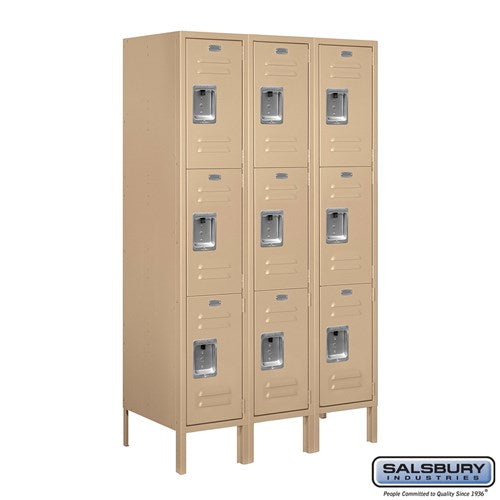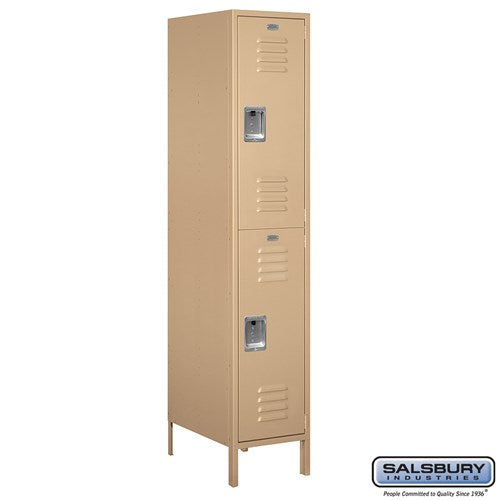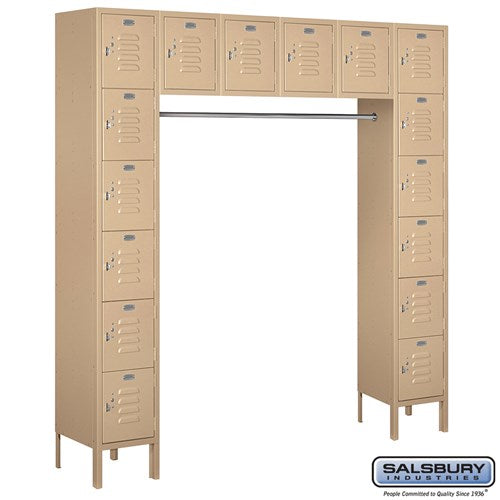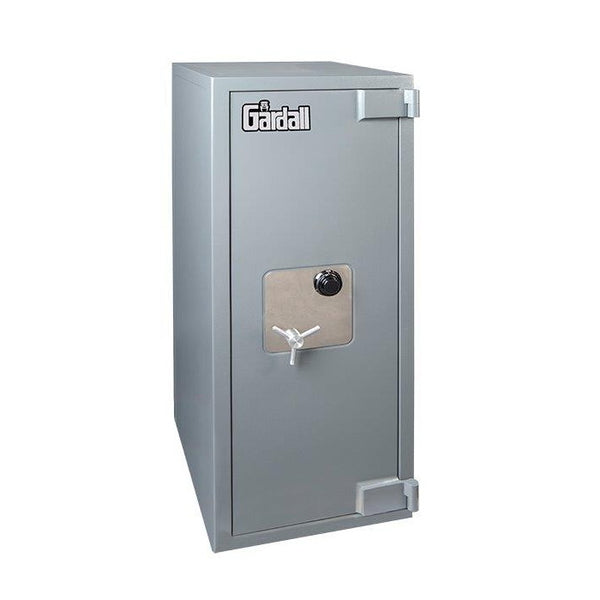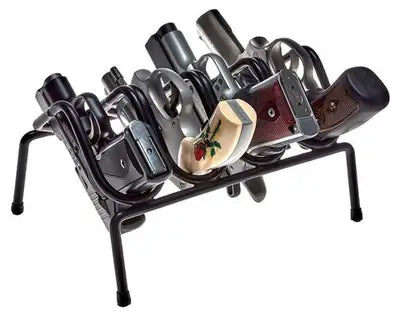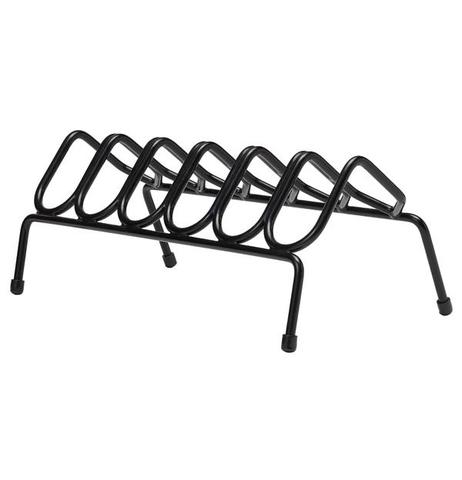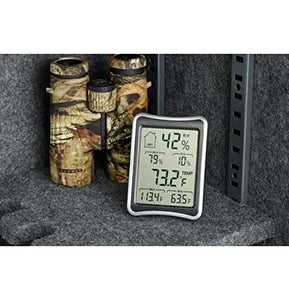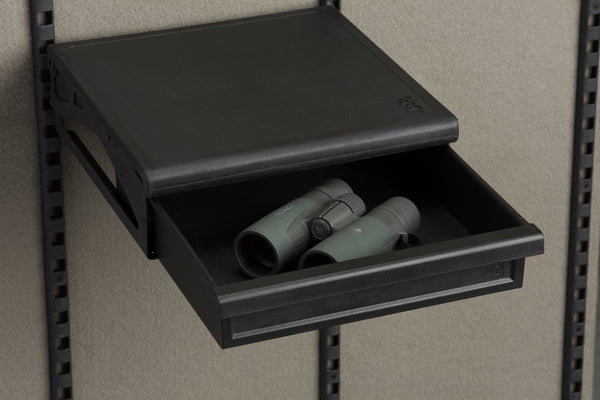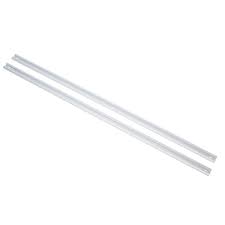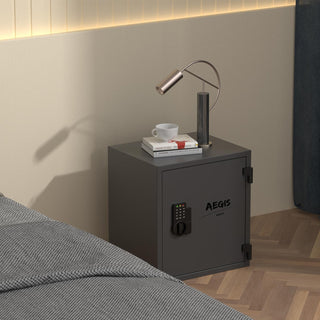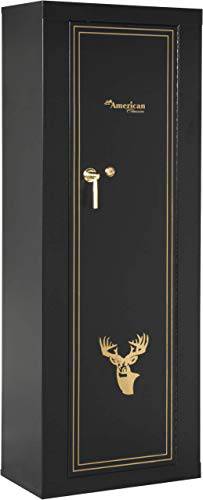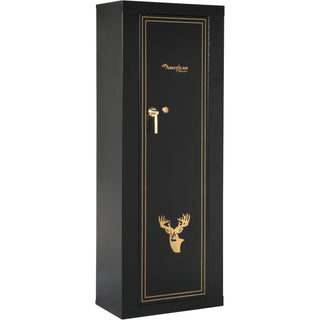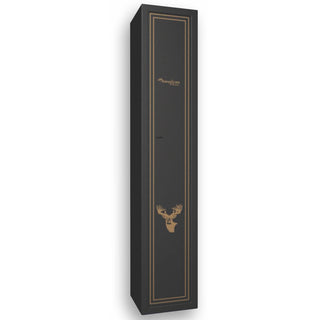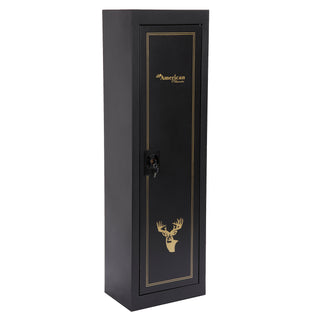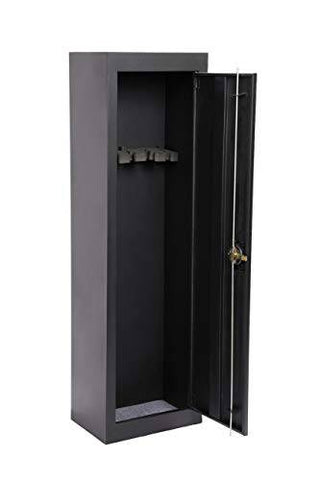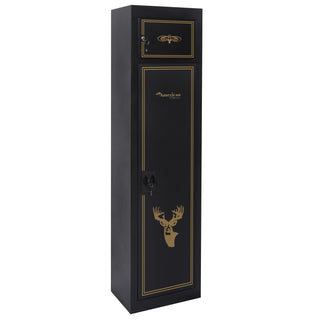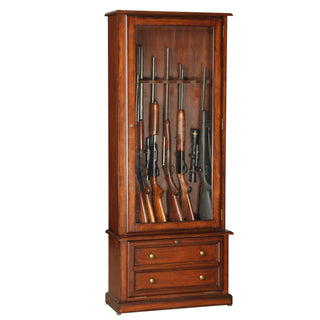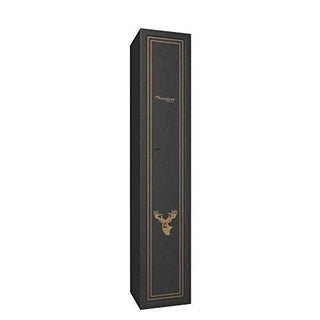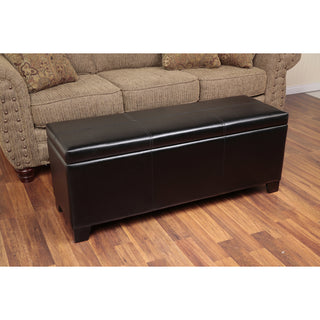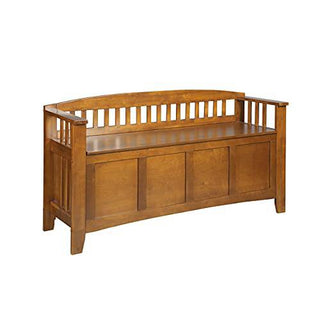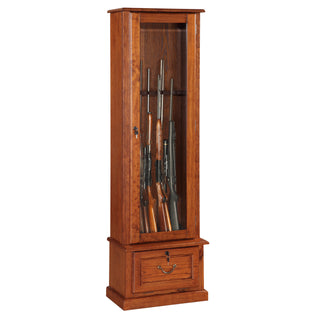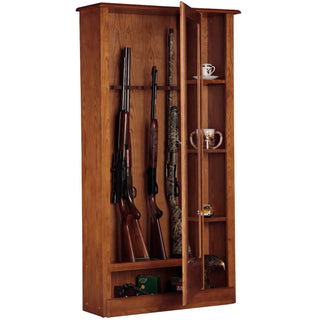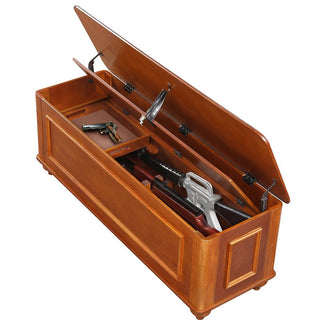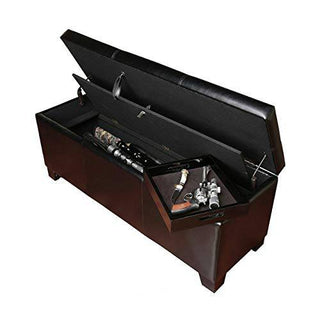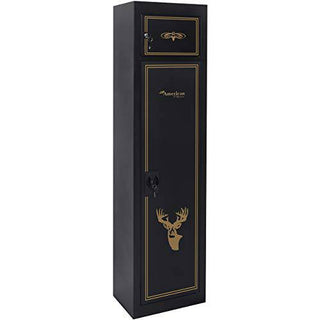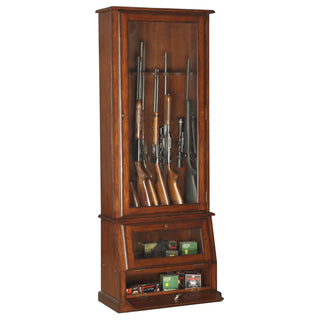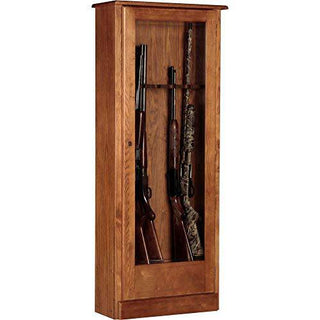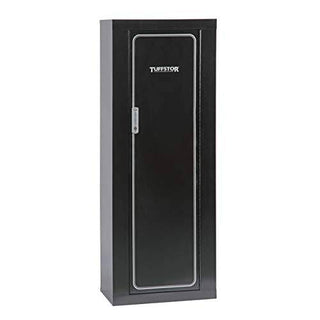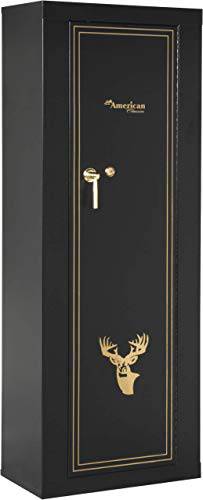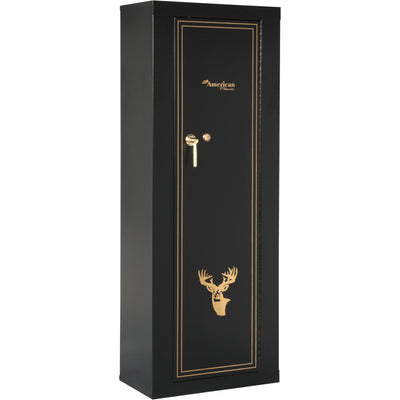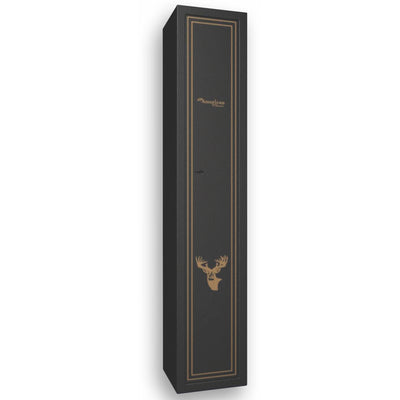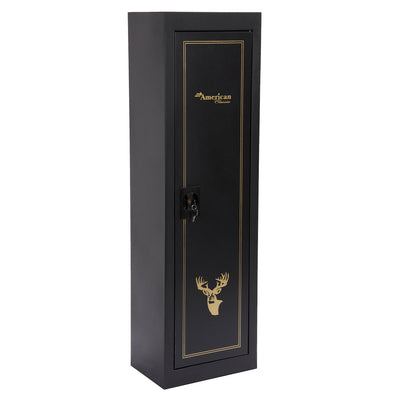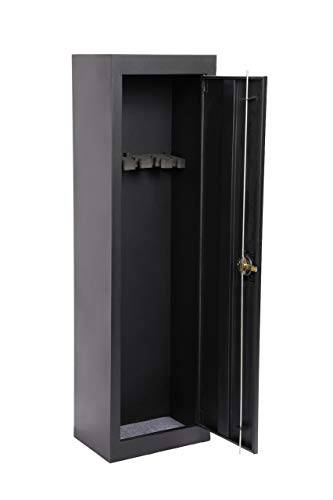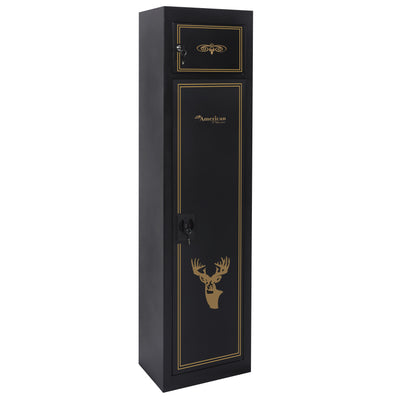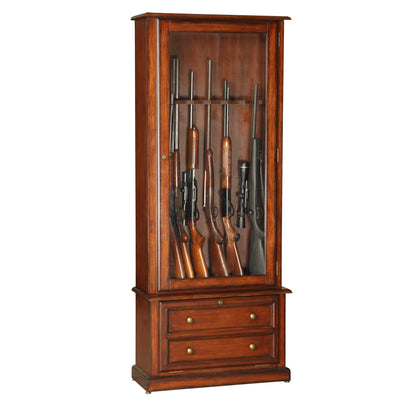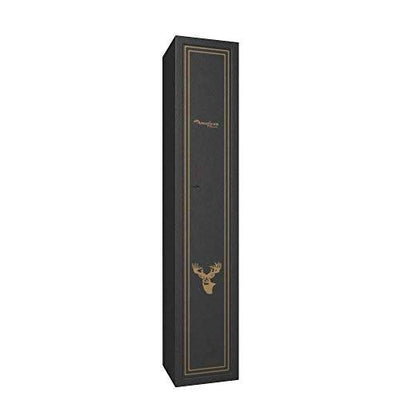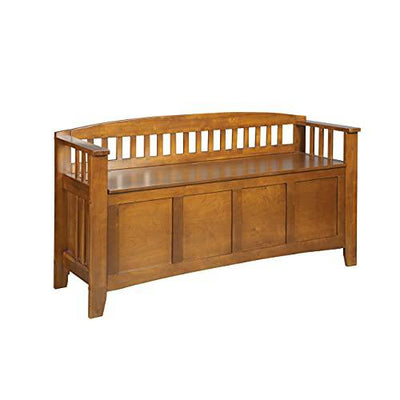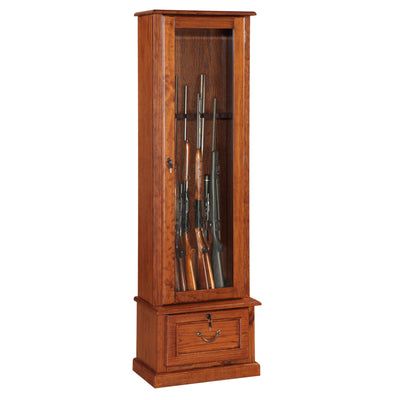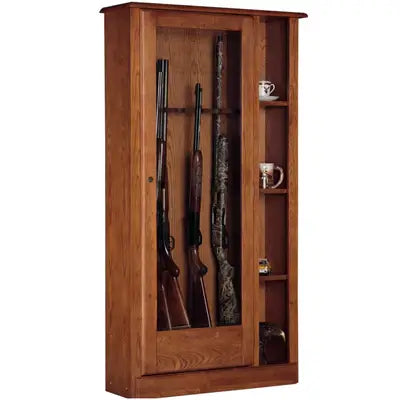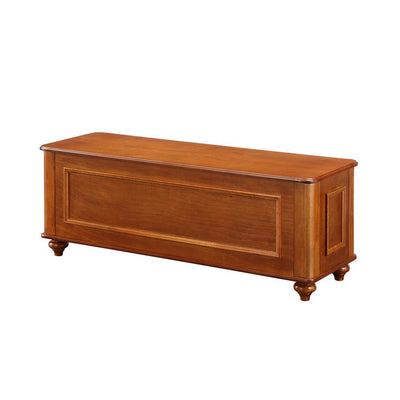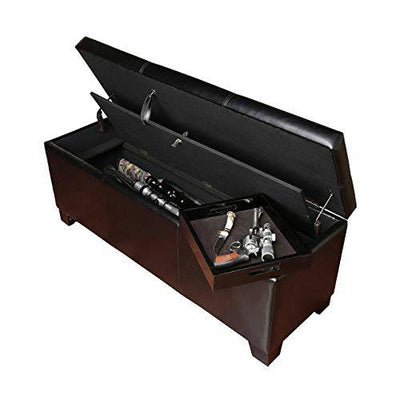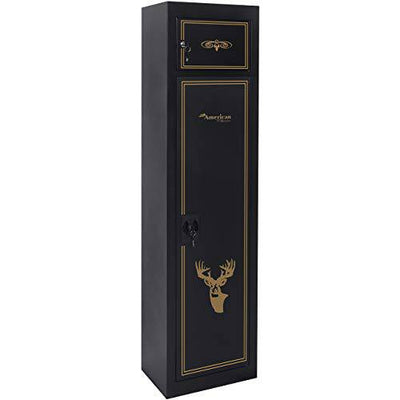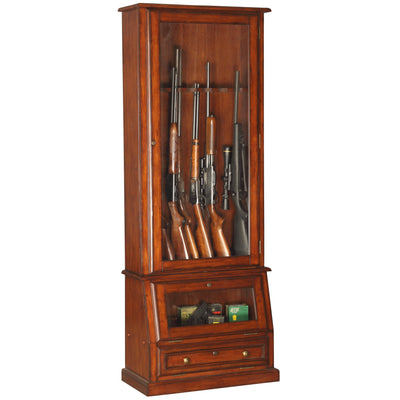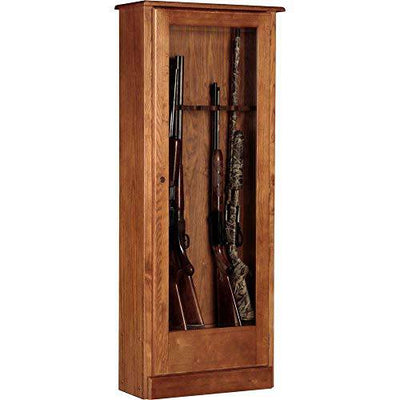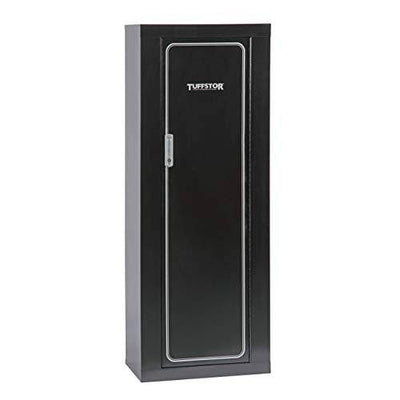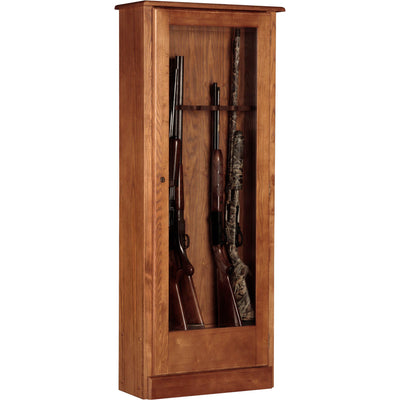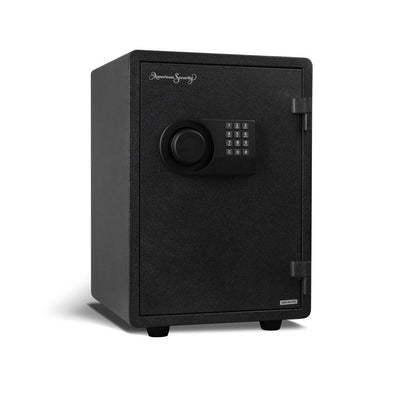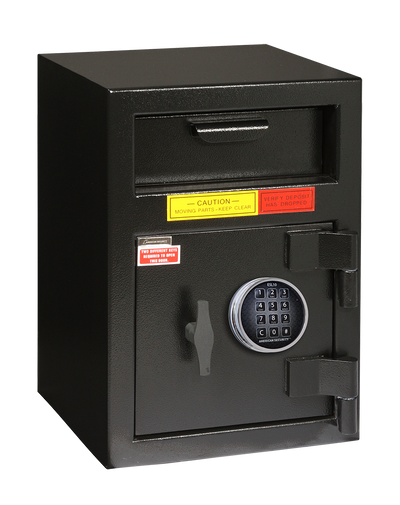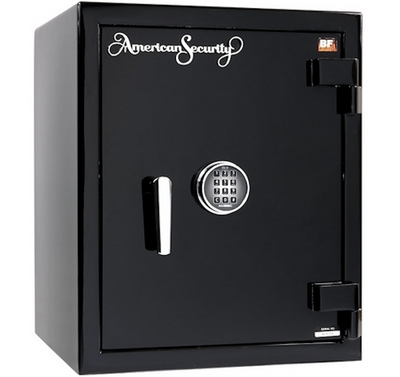
Should you consider a safe room design for your home? It's a question I've asked myself but getting a handle on what's involved is no easy task. It's expensive. It's difficult for a retrofit. It requires having extra space or rooms for the buildout. And is it worth it?
Watching events unfold in Israel drew my attention to the incredible tragedy. But it also made me aware of what people in constant peril take extraordinary measures to protect themselves.
In today's unpredictable world, having a safe and secure space in your own home seems like a no-brainer. It can protect you during severe weather, safeguard your valuables, ensure your family's safety in cases of an intrusion, and of course double as a big (and I mean really big!) gun safe.
To help figure this out, I gathered advice from 14 experts who know a lot about home security and interior design and asked them the following question:
What are your best tips on how to design a safe room at home?
In this article, we'll go through practical steps for creating a safe room. We'll talk about things like where to put your safe room, what materials to use, and the security features you should consider.
Here are the key findings - but read each expert's view for the details.
Key Insights on Designing a Safe Room
The following is my summary of what you need to know when designing a safe room in your home:
Location
An interior, central, low location like a basement provides maximum protection and minimal access points. This facilitates quick access from bedrooms for night time emergencies.
Security
Robust materials like concrete and steel prevent penetration of walls, ceilings, floors, vents and doors. Multiple high-security locks control access. Discreet hidden entrances provide an additional layer of security.
Self-sufficiency
The room should allow extended stays with supplies like food, water, first aid, alternate power sources, and amenities like bathroom and fridge. Communication devices - like a wifi connection - allow you to contact help.
Accessibility
Easy access for all family members is crucial. Keyless and biometric locks allow quick secure entry. An escape option like an interior window (bullet-proof?) is useful.
Customization
The room should be tailored to the family's needs in terms of size, security level, intended purpose, length of stay, storage, and other amenities required. Toys for kids, reading, board games can all serve as stress reducers during extended stays.
Preparation
Training family members on what to do and to practice a few drills means better outcomes when the need arises and everyone is under stress.
Now read on for the details.
McKenzie Hanson - Target Barn

If you're building a new house from scratch and want to put a safe room in, the first thing to do is find a layout that works for you.
I recommend not underestimating the size you'll need - you can fill up a safe room fast! Build the room with cinder blocks, then fill the blocks with rebar and concrete. For extra security, pour a concrete slab ceiling as well.
Be sure you can add a dehumidifier with a hose that drains outside of the room as humidity is a big problem in safe rooms, especially if it's in the basement.
Lastly, don't skimp out on a secure, strong safe room door.
Richard James - Rivica Investigations

Finding the ideal location is the first step. The room in your home that is the smallest should be turned into a gun-safe room. If the property has no more rooms, you can pick the basement.
Then I recommend armor up all the walls and windows. Nobody should be able to break into this area.
Then you need to spend extra attention on a door with the best level of security because even if you take all the necessary security steps for your firearms, someone could still break through a flimsy door and access your collection.
In my opinion, a gun-safe room absolutely needs motion sensors and cameras. You can put in cameras and motion sensors that connect to your smartphone, enabling you to switch on the sensors whenever you leave the room.
You will be informed whenever somebody even approaches the area. Buying a gun safe is another security measure you should implement.
Mario DeAlmeida - Building Security Services

Designing a safe room at home is a strategic endeavor that demands meticulous planning.
First, choose a location with minimal windows, ideally in the basement or an interior room on the ground floor. Reinforce the walls with Kevlar or a similar material to prevent penetration.
The door should be solid core or made of steel, equipped with multiple deadbolts and a peephole.
Ventilation is crucial; ensure that air vents are protected with metal grating to prevent intruders from gaining access.
Additionally, invest in a communication device, such as a landline phone or radio, that doesn't rely on regular mobile networks.
Stock the room with essential supplies: water, non-perishable food, first aid, flashlight, and batteries. For those who own guns, a gun safe within the safe room ensures quick access while maintaining security.
Lastly, routinely practice accessing and securing the room with all family members. Preparedness is the key to effective safety.
Adam Boyd - Project AR-15

Building a gun safe room is a responsible step for gun owners to ensure the safety of their firearms while preventing unauthorized access. Several crucial considerations and tips should be kept in mind during this process.
Firstly, location is paramount. Choose an area that's discreet, less prone to natural disasters, and easily accessible to you in emergencies. Reinforce the walls, floor, and ceiling with sturdy materials to provide maximum protection. Consider fireproofing measures to safeguard your firearms from potential damage.
Ventilation is essential to prevent moisture buildup, which could lead to rust and corrosion. Incorporate a ventilation system that maintains a dry environment. Additionally, proper lighting is vital for visibility inside the safe room.
Access control is another critical aspect. Opt for a robust locking system, possibly biometric or electronic, to prevent unauthorized entry. Choose a door with solid construction and tamper-resistant features.
Organization matters too. Install racks, shelves, and storage solutions that keep firearms securely in place and prevent them from bumping into each other. It's advisable to keep ammunition and firearms in separate compartments.
Lastly, educate family members or those who might have access to the room about safety protocols. Regularly inspect and maintain the safe room to ensure all security features are functional.
In conclusion, building a gun-safe room demands careful planning and execution. Prioritize safety, security, and accessibility while considering the unique needs of your firearm collection and household. By doing so, you can create a reliable space that enhances firearm safety and provides peace of mind.
Wes Fox - United Defense Tactical

There are several qualities and criteria that need to be met in order to have an effective safe room. You need to select a location for the buildout of the safe room that can be easily accessed from all areas of the house and can be easily defended if need be.
When planning a safe room, people seldom think of things like proper ventilation or cell service. Installing a landline will ensure that you have connectivity to the outside world and won’t fall victim to Wi-Fi issues when trying to call emergency services.
Furthermore, it is important to make sure your safe room has proper ventilation and is easily accessible for all family members in all areas of the home.
A heavy door will keep an intruder out, but you still need to make sure you can get out too. This is why it is important that you can get out as easily as you got in by having an easy-to-evacuate setup. Your fortress needs an easy entrance and an easy exit for its occupants.
While most people’s minds instinctively jump to having heavy doors, reinforced walls and stockpiles of emergency supplies, these resources are useless if there isn’t a communication plan in place or some sort of base level of survival training/understanding.
I recommend taking self-defense courses and running through practice scenarios with the family to get everyone comfortable with the safe room. This will also enstill a base instinct within you to make the smart, rational choice in a fight-or-flight situation.
Brandon Barry - Wild Barrys

Being a veteran police officer of 21+ years, and having raised kids and grandkids in the home, I have a fair idea of hardening your home and providing a safe room/area.
As far as the safe room itself, it should ideally be in the core of the house, with no exposure or method of entry from outside. If the house layout is such that this is impossible, it should at least be of more solid construction or hardened.
If possible, the entry should be hidden/camouflaged, or have a metal or reinforced solid core entry door.
The room and access to it should be known to your family and those you trust implicitly.
The room should be equipped with water, light/power sources, a sleeping area, and bedding for those that will occupy it, snack or light food items, waste collection & storage, something to entertain or occupy younger children, a method of communicating with the outside world and last but not least some form of self-defense in case the room is finally breached.
If you have a surveillance system, one camera should watch the exterior of the room, and you should have access to the server from inside the safe room.
Matt Rice - Ozark Armament

I can attest to the importance of a safe room at home. These designated areas, often panic rooms, should ideally be a centralized location without windows, minimizing potential external vulnerabilities.
Reinforced, lockable doors are a must, as is soundproofing. Include necessary survival supplies such as water, food, and medical kits, along with communication devices.
A key component, often overlooked, is the installation of secure firearm safes, for effective self-defense if required.
These spaces have the potential to be life-saving during critical situations, and their design should be tailored toward individual family needs while ensuring utmost safety and security.
Omer Reiner - Florida Cash Home Buyers

First, let’s clarify the difference between a safe room and a panic room. A safe room is designed to keep people safe from extreme weather; a panic room is generally for a human threat.
Safe rooms should be able to withstand an EF3 tornado and a 3-alarm fire for 15 minutes and can be a detached unit or a room built into a business or home. Such a fortress takes a particular type of construction. Solid steel doors and reinforced concrete walls are common materials, with a separate ventilation system built in to ensure adequate air.
The room should be large enough for your family to shelter comfortably. Ideally, your safe room should be tucked under the staircase in your basement for maximum protection. If you don’t have a basement, put the room somewhere without windows on the lowest level of the home.
Build the entry to your safe room to blend with other elements of the adjoining room. You don’t want an out-of-place steel door to give away your location in the event of a home invasion. And be sure to add items inside the room to keep loved ones quiet yet occupied and comfortable.
Oscar Taylor - Barrett Rifles

Here are the most important factors to consider.
1. The safe room should be close to where you spend the most time and near where you sleep. That is upstairs in most homes. Most break-ins happen at night, so this is crucial.
2. Consider windows. They can make it possible for you to escape if needed but also lead to access points. They should be entry-resistant but able to be opened from the inside.
3. Consider the size, are you going to use it to store your firearms or important documents? If so, it should have room for a gun safe and some other cabinets.
4. Your safe room should not be in an obvious place. The master bedrooms are not ideal. The best defense is if you're hidden, and thieves know that valuables are typically hidden in bedrooms.
We retrofitted our upstairs laundry room with a safe door. It works perfectly. It is right in the middle of the bedrooms so my family can get there quickly. It also has room for a gun safe and the existing cabinets are used for other survival gear.
The window has been replaced with bulletproof glass and we also have a fire ladder in case we need to escape.
Bob McCranie - Texas Pride Realty Group

I had a tornado safe room installed in my home in Carrollton Tx. It could be used for protection from home intruders but it was designed for the forces of nature. We researched several designs and went with one that was bolted together concrete with 7-inch bolts.
One of the first things I did was stock it with shoes, socks, and first aid supplies that we would need if we ran to the room for shelter. We might not have time to get fully dressed and ready to run for safety. I rotated crates of water and snacks every few months and kept the flashlight batteries changed whenever the time changed.
Other suggestions would include a spare phone charger, a fan, and a few basic tools. I ran an electric cord under the door so that we could have power as long as the house was still standing.
Ben Soreff - H2H Organizing
A safe room or sometimes called a panic room is usually built out of an existing room in your house unless you are building a brand-new home.
While most people may think of an action movie when they hear Safe Room, the room is typically designed to protect the home occupants from storms and natural disasters.
The goal of the room is to keep everyone safe from storm damage like broken glass and flying debris.
There are different thoughts as to where to locate the room.
Some argue you should have it near where people will be like the bedrooms while others recommend the basement for maximum protection, but ultimately the room should feature reinforced walls and a door.
Even ballistic protection is suggested. Lastly, do not forget about ventilation.
Andrei Vasilief - Animo Regis

Safe rooms should be seamlessly integrated with the existing home while being safely hidden
Placement is vital. The safe room should be specially placed in the home in such a way that is quickly accessible to the inhabitants, but be minimally exposed. You should also consider the type of saferoom you are looking to incorporate. It can be a simple room that just holds the valuables but it can also be designed as a panic room for safety.
It's important that this is taken into account from the schematic phase of the design. It is very difficult to design a safe room as an afterthought mainly due to the special considerations it requires, so all the steps must be taken as early as possible for a proper design. Safe rooms require concrete walls, which has an impact on the foundation design of the building.
Finally, pay special attention to the MEP design of the safe room. Depending on the type of room you will have to integrate ventilation and plumbing along with electrical. These need to be constructed at the same endurance level as the rest of the room and be specially routed to protect against sabotage or accidents.
Eric Sztanyo - Team Sztanyo

I recently watched the Bob Odenkirk movie, Nobody. And in the movie, his home was attacked by an onslaught of bad guys with guns. As a former military man, he had his home set up for an invasion. However, he did NOT have a safe room for his family. Instead, he just put them in the basement.
If you want to protect your family and have a saferoom in the home, you need to think it out ahead of time. Probably the easiest time to do this is if you're building a new construction home, and you can plan out the safe room in the drawings. It's much more difficult to install after the home is built. Some areas you need to consider:
1. Purpose - there are different reasons you want a safe room, including protection from attacks, or natural disasters.
2. Location - again, this goes back to the purpose. Are you protecting people, or are you protecting valuables? If people, you want easy access. If valuables, maybe further away. In fact, I recently went to a home that had a concrete tunnel used as a shooting range off of the garage and underground. This could be a good location for a saferoom as well.
3. Walls and doors - this is the area most at risk, so choose carefully.
4. Supplies - you need ventilation, food, plumbing. All of these are considerations when building out your safe room.
Plan ahead. Be safe. And don't be afraid to ask the experts.
Ana Cummings - ANA Interiors

My best tips for designing safe rooms at home:
Safe rooms in homes have always been popular among the elite, however we are seeing more and more people requesting these private access rooms for their new builds and renovations.
Access to a safe room should be through a secret passageway from a hidden door. These bespoke partitions can be handsomely disguised via clever panel moulding treatments, bookshelves on pivot hinges, sliding or opening mirrors, and closet doors, just to name a few. More robust entrances can be covered by gently pushing aside a large piece of furniture, cabinet, stone clad wall, island, or anything else that looks like it could never be moved.
Once you have your room and access point located, next is how it will be locked and unlocked. There are many ways to lock a door without having a "key". Biometric locks can use your fingerprint or eyes; and keyless locks can be built into millwork where all you have to do is swipe a special magnet in the correct location et voila.
Once inside, think about items that will need to be housed and what kind of storage solution you'll require. How long will you plan to stay in the safe room? Will you need a bathroom? A bar fridge? An office? A bed? A safe? Among the list should be any lifesaving essentials such as water, unperishable foods, batteries, fire extinguisher and perhaps a generator for power.
Will your safe room have proper ventilation, a window or skylight or will it be below ground? Think about how it will be insulated, heated and cooled. Especially if the items in the safe room require certain temperatures. (people, wine, cigars, furs, art, documents, electronics, etc..)
Other things to consider would be audio and video communication. Is there a different wifi in the safe room? A separate land line to privately call someone? Are there monitors that show what is going on in different rooms or on the property? It's great to be safe inside a secure location but it's even better to know what is happening on the outside.
From keeping our valuables, to keeping our lives, safe rooms have always been a part of a unique design niche that is slowly gaining popularity in today's homes. You don't need to have a Pentagon style operation; you just need the right team of people to create your own private island, inside your home. Make sure your tradespeople sign NDA's so they cannot talk or post about the room they took part in building!
Key Takeaways
In summary, optimal safe room design balances security, accessibility, self-sufficiency, and customization to the family's needs, while proactively preparing through training and early installation.









